In today’s fast-paced business world, effective communication is key to success. If you’re still using traditional phone lines or outdated communication systems, you might be missing out on the cutting-edge solutions that are changing how businesses communicate. Enter IP Phone PBX (Private Branch Exchange) and VoIP (Voice over Internet Protocol) systems—revolutionary technologies that allow businesses to use the internet to power their communication networks. But what makes these systems so beneficial? Let’s dive into the advantages and see why upgrading could be the best decision for your business.
What Are IP Phone PBX and VoIP?
To understand why these systems are so important, it’s crucial to know what they do. IP Phone PBX is a system that allows you to manage all your business’s phone calls via the internet. Unlike traditional phone systems that require expensive infrastructure and rely on physical phone lines, VoIP uses internet data to make and receive calls.
These systems provide more flexibility, better features, and, importantly, substantial cost savings compared to traditional telephony systems. But let’s take a closer look at why that matters.
Top Benefits of IP Phone PBX and VoIP Systems
- Big Cost Savings: We all know that reducing costs is a priority for any business. Traditional phone systems can rack up huge bills, especially when making international calls or dealing with maintenance fees. By switching to VoIP, you can drastically reduce your phone bills. VoIP calls are incredibly cheap compared to regular phone lines, and if you’re a global business, the savings are even greater.
Beyond call costs, VoIP also consolidates your voice, data, and video into one unified system. You no longer need separate networks for different communication types—this alone can reduce your overheads.
- Scalability and Flexibility: One of the greatest things about IP Phone PBX and VoIP systems is their flexibility. If you’re a growing business, expanding your communication system doesn’t have to be a hassle. Adding new lines, extensions, or locations is incredibly simple with VoIP. You don’t need to run new physical wires or incur hefty setup costs.
VoIP systems are also great for businesses that have employees working from different locations. Thanks to features like Push to Talk over Cellular (POC), Digital Mobile Radio (DMR), and Two-way radio Solutions, your team can stay connected no matter where they are. Whether working remotely or from another city, you can keep everyone in sync without any added expense or complexity.
- Advanced Features and Integrations: VoIP systems are packed with features that traditional phone systems just can’t compete with. Imagine having advanced options like:
- Voicemail to email
- Call forwarding
- Automated attendants
- Call recording
- Conference calling
These are just a few of the features that can enhance productivity and streamline operations. Additionally, VoIP systems can integrate seamlessly with other tech you already use, like CCTV IP Video Surveillance, Parking Management Systems, and even Nurse Call Systems in healthcare. The ability to unify all your communication and operational systems on one platform is a game-changer.
- Better Mobility for Your Workforce: With more employees working from home or on the go, mobility has become a must. VoIP allows employees to make calls, receive messages, and access the office phone system no matter where they are. Whether on a business trip or working remotely, your team stays connected, improving productivity and responsiveness.
Businesses in industries like security and logistics, which rely on constant communication, will particularly benefit from integration with systems like Terrestrial Trunked Radio (TETRA) and VSAT (Very Small Aperture Terminal). These systems can keep employees connected across wide geographical areas, even in remote locations where traditional phones might not work.
- Enhanced Collaboration and Efficiency: VoIP doesn’t just allow for voice communication—it also supports video conferencing, messaging, and file sharing. This makes it easier for teams to collaborate, no matter where they are. Instead of relying on multiple systems, everything can be handled in one place, streamlining workflow and improving team communication.
VoIP is also highly customizable. You can integrate it with systems like Building Management Systems, Audio Visual Systems, and Master Clock Systems to ensure your business runs smoothly and efficiently. Whether you’re managing a retail store, a healthcare facility, or an office, the ability to synchronize operations via VoIP means better organization and fewer missed opportunities.
- Increased Customer Satisfaction: In today’s world, excellent customer service is more important than ever. VoIP systems help improve customer interactions by providing features like call queuing, interactive voice response (IVR), and detailed call analytics. You can route calls more efficiently, track customer requests, and ensure faster resolution times, all of which lead to happier customers.
Moreover, MOTOROLA Solutions, a leader in communication technology, offers robust two-way radio solutions that work seamlessly with VoIP, enhancing communication between employees and customers. For businesses with a mobile or field-based workforce, these solutions improve real-time communication and coordination.
- Unmatched Reliability: A common misconception about VoIP is that it’s not reliable. However, today’s VoIP systems are more reliable than ever. With advancements in cloud technology and redundancy protocols, you can ensure that your VoIP system stays up and running, even if there’s an issue with your primary internet connection. Plus, integrating VoIP with Fire Alarm Systems or Access Control Systems ensures that critical communication can continue uninterrupted, even in emergencies.
- Easy to Maintain and Manage: Traditional phone systems can be a nightmare to maintain. They require hardware upgrades, repair services, and constant attention. VoIP systems, however, are software-based and much easier to maintain. Updates are simple, and you can monitor and manage the system remotely, saving time and money on IT support.
Why You Should Consider Making the Switch to VoIP
IP Phone PBX and VoIP systems offer unparalleled benefits for businesses that want to stay competitive and future-proof their communication. Whether you’re a small startup or a large enterprise, VoIP can provide significant cost savings, flexibility, and a host of advanced features to improve efficiency.
Additionally, these systems can integrate with other technologies like IPTV and MATV, Building Management Systems, and CCTV IP Video Surveillance, ensuring that every part of your business is connected and optimized. With features like real-time communication and improved collaboration, VoIP is the future of business communication. As businesses continue to evolve, adopting VoIP and IP Phone PBX systems will help keep your operations agile, scalable, and responsive to changing demands. So why wait? The time to make the switch is now!

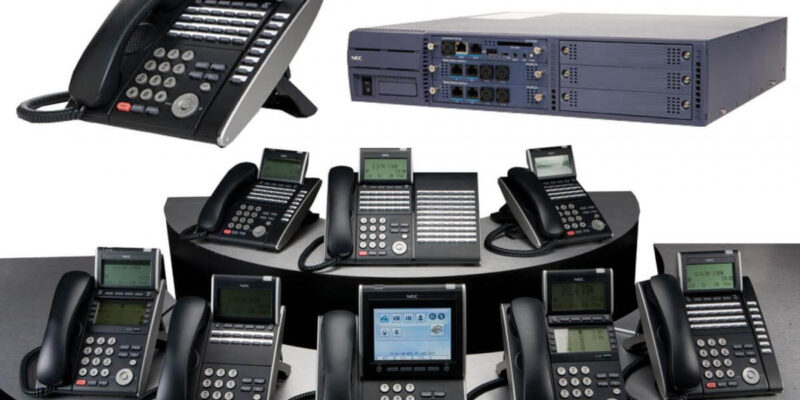
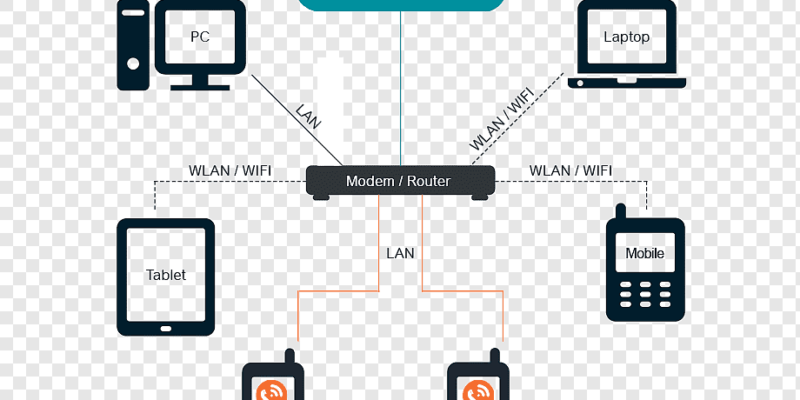
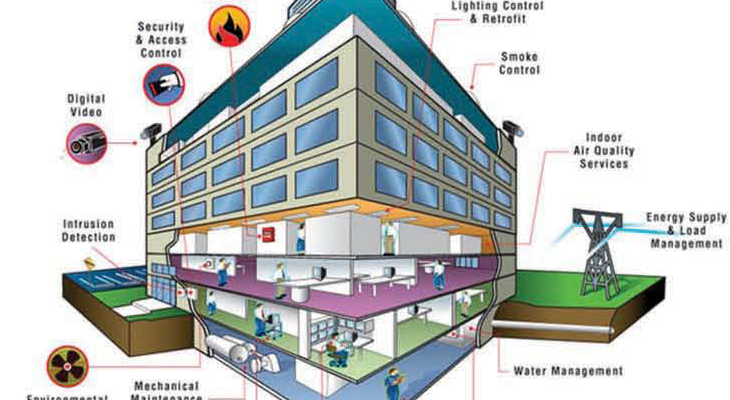
 A Building Management System (BMS) is a computer-based control system installed in buildings that controls and monitors the building’smechanical and electrical equipment such as ventilation, lighting, power systems, fire systems, and security systems. A BMS (Building management System) consists of software and hardware; the software program, usually configured in a hierarchical manner, can be proprietary, using such protocols as C-bus, Profibus, and so on, recently, however, new vendors are producing BMSs that integrate using Internet protocols and open standards such as DeviceNet, SOAP, XML, BACnet, LonWorks and Modbus.
A Building Management System (BMS) is a computer-based control system installed in buildings that controls and monitors the building’smechanical and electrical equipment such as ventilation, lighting, power systems, fire systems, and security systems. A BMS (Building management System) consists of software and hardware; the software program, usually configured in a hierarchical manner, can be proprietary, using such protocols as C-bus, Profibus, and so on, recently, however, new vendors are producing BMSs that integrate using Internet protocols and open standards such as DeviceNet, SOAP, XML, BACnet, LonWorks and Modbus.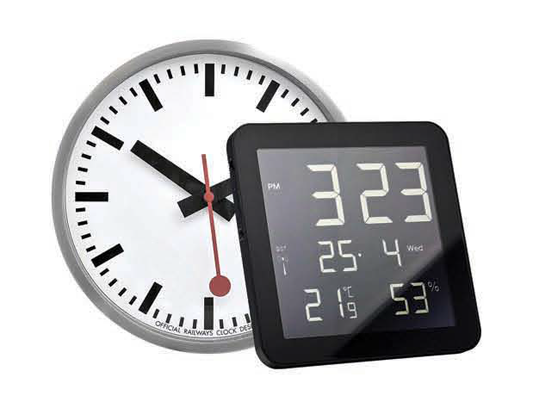


 A specially developed detector, equipped with pilot lights, is installed above each parking space. It constantly checks if a vehicle is present, or not and immediately sends its observations to a central computer. The computer processes this data in order to update the information supplied to the drivers by easy to understand informational and directional signs, which are installed on each level.
A specially developed detector, equipped with pilot lights, is installed above each parking space. It constantly checks if a vehicle is present, or not and immediately sends its observations to a central computer. The computer processes this data in order to update the information supplied to the drivers by easy to understand informational and directional signs, which are installed on each level.

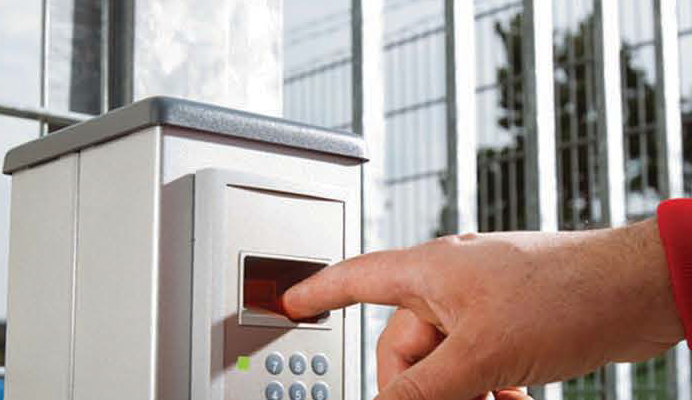
 This question is answered by our integrated solution to access control system. Protect your buildings, premises or assets against unauthorized entry or access. Intelligent products that are integrated as components in systems and processes are required for this. We offer you these innovative solutions that permit authorized persons unhindered access and in return uncompromisingly refuse access to unauthorized persons.
This question is answered by our integrated solution to access control system. Protect your buildings, premises or assets against unauthorized entry or access. Intelligent products that are integrated as components in systems and processes are required for this. We offer you these innovative solutions that permit authorized persons unhindered access and in return uncompromisingly refuse access to unauthorized persons.


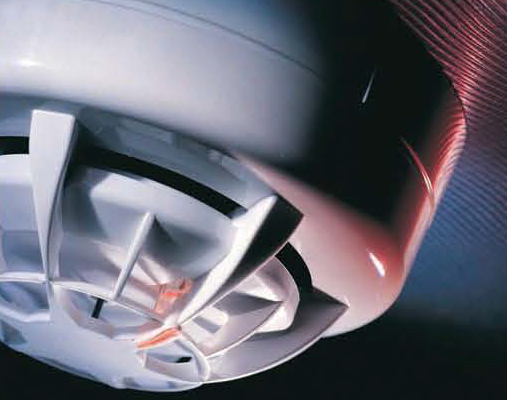
 Fire detection systems identify a developing fire at its early stages. Fire alarm systems alert the people within a building that there is a fire, giving them time to move to safety and seek assistance to limit the damage caused by the fire.
Fire detection systems identify a developing fire at its early stages. Fire alarm systems alert the people within a building that there is a fire, giving them time to move to safety and seek assistance to limit the damage caused by the fire. Al-Shareef has a variety of fire protection systems to suit the requirements of any factories , hospitals, universities commercial premises, including :
Al-Shareef has a variety of fire protection systems to suit the requirements of any factories , hospitals, universities commercial premises, including :
 Al-Shareef provides The IP Video Intercom and video door entry system that increases the performance of video intercoms.
Al-Shareef provides The IP Video Intercom and video door entry system that increases the performance of video intercoms.